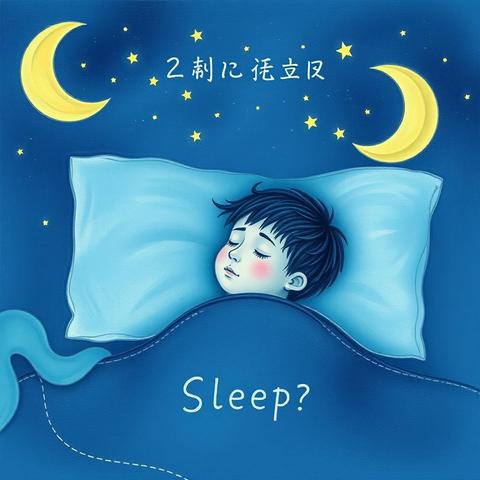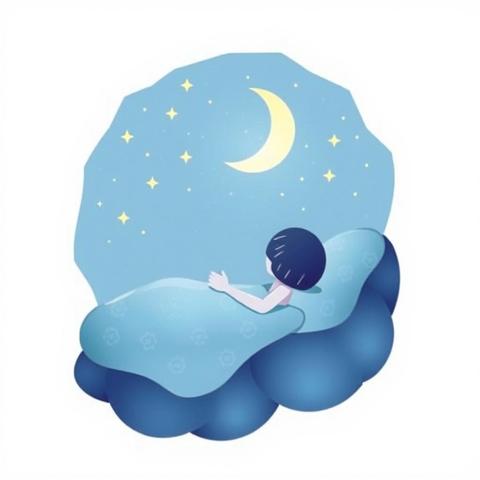Have you ever woken up from a vivid dream, feeling puzzled and intrigued by its imagery? I remember a dream I had as a young child – a recurring nightmare of falling endlessly through a dark, starless void. It terrified me then, but looking back, it reflects a deep-seated sense of insecurity and the search for stability in a rapidly changing world. Understanding our dreams, particularly as they shift and evolve across different life stages, is key to unlocking profound self-awareness. This article explores the fascinating world of sleep across age groups, linking it to dream patterns and offering insights into their meaning. At Dream Therapy Now, we believe understanding your sleep and dreams is vital for personal growth and overall well-being.
Understanding Sleep Across the Lifespan
Sleep, the cornerstone of our physical and mental health, undergoes dramatic transformations throughout our lives. From the deep, restful slumbers of infancy to the lighter, more fragmented sleep of older adulthood, each stage presents unique challenges and opportunities for understanding our inner selves through dreams.
Infancy (0-2 years)
Newborns spend a significant portion of their sleep in REM (Rapid Eye Movement) sleep, characterized by vivid, often chaotic dreams. These early dreams are not yet consciously processed, but they play a critical role in brain development and establishing fundamental neural pathways. Parents often notice their infants making various sounds and facial expressions during sleep, reflecting the intensity of this dream activity. While we can’t interpret these dreams directly, observing sleep patterns and identifying potential sleep disturbances is crucial for healthy development. Consistent sleep routines and a supportive sleep environment are essential at this age.
Childhood (2-12 years)
As children grow, their sleep patterns shift towards more NREM (Non-Rapid Eye Movement) sleep, leading to longer, more consolidated periods of sleep. Dreams become more story-like and imaginative, often reflecting the child’s daily experiences, fears, and fantasies. Nightmares are common during this stage, frequently stemming from anxieties related to school, social interactions, or separation from loved ones. Understanding these dreams can offer insights into a child’s emotional landscape, allowing parents and caregivers to provide support and reassurance.
Adolescence (12-18 years)
Puberty brings significant hormonal changes that affect sleep patterns. Adolescents often experience delayed sleep phase syndrome, a natural shift in their circadian rhythm, causing them to feel sleepy later in the evening and wake up later in the morning. This sleep disruption can have significant consequences, affecting mood, academic performance, and overall well-being. Dreams during adolescence are often characterized by themes of identity formation, exploration of relationships, and grappling with independence. Understanding these dreams can help adolescents navigate the emotional turmoil of this transformative period.
Young Adulthood (18-40 years)
Young adulthood often marks a period of relative stability in sleep patterns, although stress from work, relationships, and financial responsibilities can disrupt sleep. Dreams during this stage often reflect career aspirations, romantic relationships, and the pursuit of personal goals. They may also involve anxieties related to social status, financial security, and future uncertainties. Addressing stress and establishing healthy sleep hygiene practices are crucial for maintaining optimal sleep quality and emotional well-being during this phase.
- Common Sleep Disorders: Unlocking the Secrets of Your Restless Nights
- Jet Lag and Sleep Recovery: Reclaiming Your Rest After International Travel
- Sleep and Mental Health: Unlocking the Power of Dreams for Improved Well-being
- Technology and Sleep: How Our Devices Impact Our Dreams and Dream Therapy
- Stress and Sleep: Unlocking the Secrets of Your Restless Nights
Middle Adulthood (40-65 years)
Middle age can bring about changes in sleep architecture, with a reduction in deep sleep and an increase in awakenings during the night. Hormonal shifts, medical conditions, and the accumulation of life stressors can contribute to sleep disturbances. Dreams during middle adulthood may reflect concerns about aging, health, relationships, and legacy. They can also explore themes of accomplishment, regret, and the transition into the next stage of life.
Older Adulthood (65+ years)
Sleep becomes increasingly fragmented in older adulthood, often characterized by frequent awakenings, shorter sleep duration, and a reduction in both REM and deep sleep. This can be attributed to various factors, including age-related changes in the brain and body, medical conditions, and medications. Dreams may become less vivid and more difficult to recall, although they still provide valuable insights into the emotional landscape of this stage of life. Themes of loss, reflection, and acceptance may emerge prominently in dreams, reflecting the contemplation of mortality and legacy.
The Hidden Meanings Behind Dreams in Different Age Groups

The symbolism in dreams varies across age groups, reflecting the dominant concerns and developmental tasks of each stage. For instance, a recurring dream of being lost or chased might indicate a lack of security in a young child but signify feelings of overwhelm or lack of control in a stressed adult.
Common Dream Themes and Their Interpretations Across Age Groups
-
Falling: In childhood, this might symbolize a fear of abandonment or insecurity. In adulthood, it could reflect feelings of losing control or a fear of failure.
-
Being chased: For children, this might represent anxieties about bullies or perceived threats. For adults, this could be linked to avoidance of responsibilities or feelings of being overwhelmed.
-
Teeth falling out: This common dream often represents feelings of vulnerability, loss of power, or anxiety about aging, across many age groups, though the specific anxieties will differ.
-
Flying: This often signifies freedom and independence in all ages, but the context within the dream—is it a joyful flight or a terrifying free fall?—changes the interpretation.
The Interpretation and Deeper Message of Dreams in Different Age Groups

Dream interpretation is not a one-size-fits-all approach. It requires sensitivity to the individual’s unique context and life experiences. Considering the age group of the dreamer adds another crucial layer to the analysis. For example, a child dreaming of monsters might need reassurance and security, whereas an adult experiencing similar imagery might be dealing with deeply rooted anxieties or unresolved trauma.
Practical Advice for Dreamers of All Ages
-
Keep a dream journal: Recording dreams immediately upon waking can help to identify recurring themes and patterns. Include details about the emotions experienced during the dream.
-
Practice mindfulness and meditation: These techniques can help improve sleep quality and enhance awareness of your inner world, making it easier to recall and interpret dreams.
-
Seek professional help: If you are consistently experiencing disturbing dreams or sleep disturbances, consider seeking guidance from a qualified therapist or dream analyst, like those at Dream Therapy Now.
Conclusion
Sleep and dreams are integral components of our human experience, evolving and changing throughout our lives. By understanding the unique sleep patterns and dream themes associated with different age groups, we can gain a deeper understanding of our own emotional journeys and develop strategies to improve both our sleep quality and overall well-being. At Dream Therapy Now, located at 143 Horizon Dr, Bedford, NH 03110, and contactable at info@dreamtherapynow.com, we are dedicated to helping you navigate the world of dreams and sleep to achieve greater self-awareness and personal growth. We offer expert dream analysis, sleep science, and therapeutic practices to guide you on your path to clarity and transformation. Let us help you unlock the secrets held within your dreams.
Dive into our blog to discover a wealth of content that will illuminate the significance of your nocturnal adventures and guide you through the labyrinth of dream symbolism. Impeccable Dream hopes this guide was helpful! If you want to see other blog posts about Sleep Disorders, here are some that may be of interest to you.